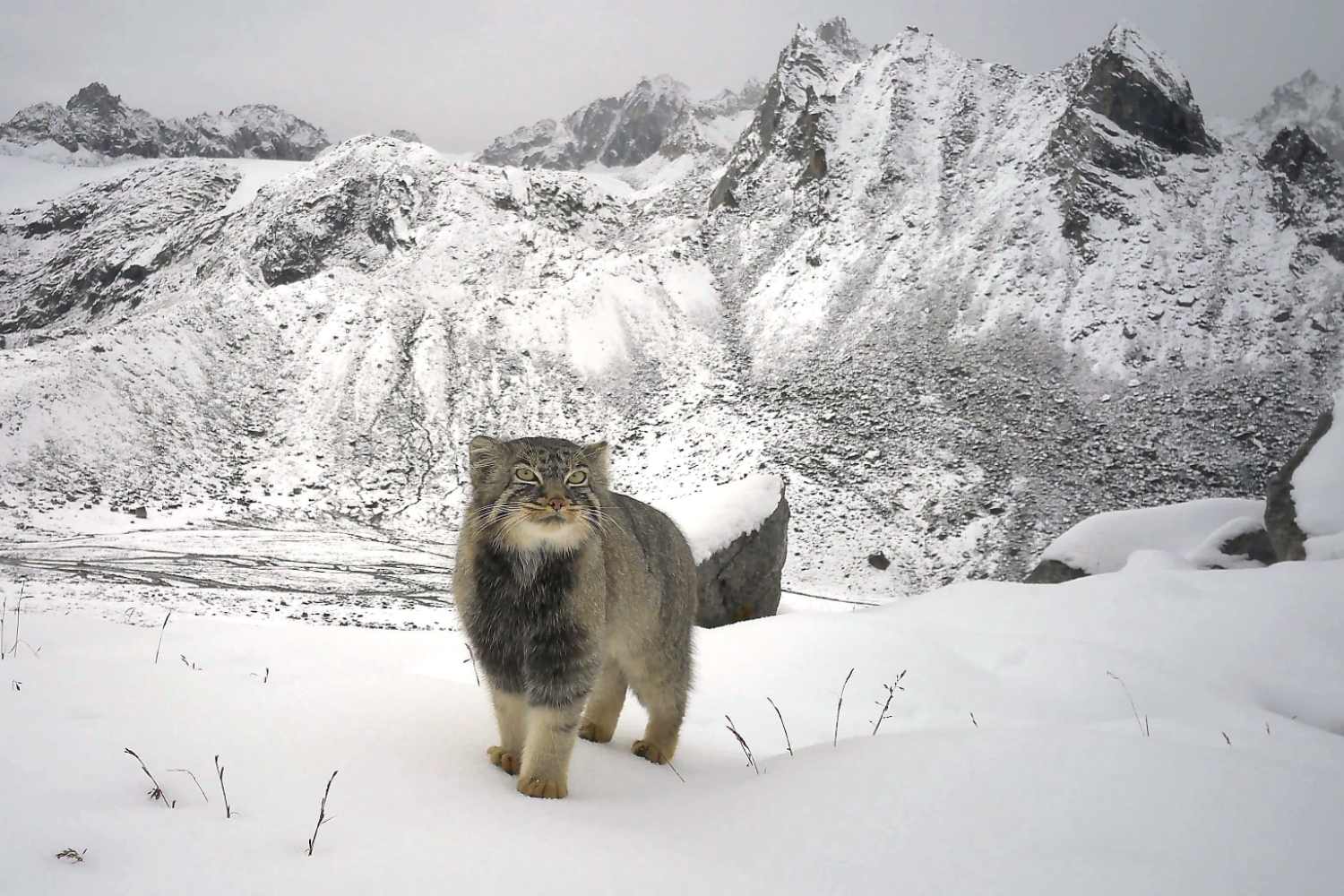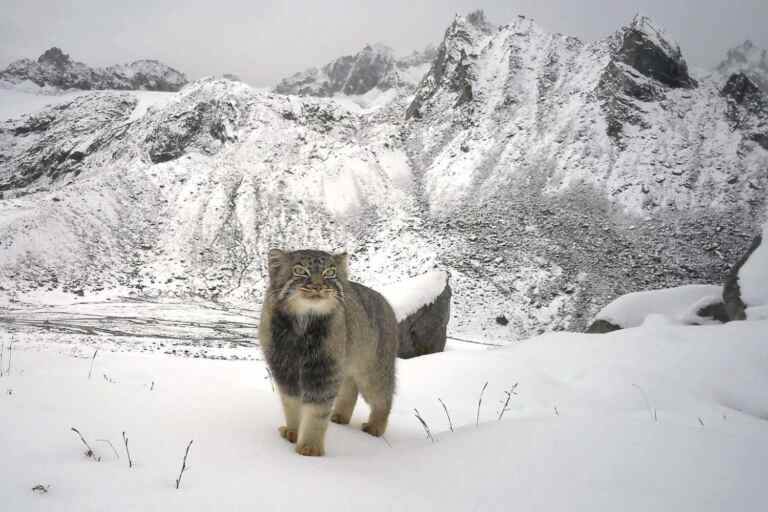A Pallas’s cat was photographed for the first time in Arunachal Pradesh, India, revealing rich Himalayan biodiversity and highlighting urgent conservation needs.

@WWF India
HeNo one had ever captured it on camera in this part of India—until now. The Pallas’s cat, also known as Otocolobus manul, has been photographed at nearly 16,400 feet (5,000 meters) in Arunachal Pradesh. For scientists, this isn’t just a striking image. It’s a revelation, proving that the elusive feline lives in the eastern Himalayas, a region previously excluded from its official range.
A tough expedition in unforgiving mountains
The discovery didn’t come easy. WWF India, working with the state Forest Department, set up more than 130 camera traps across 770 square miles (2,000 sq km) in some of the most rugged terrain between West Kameng and Tawang. Bitter cold, blizzards, and long days at altitude didn’t deter the researchers, determined to uncover the secrets of these high pastures.

@WWF India
“Every step was a challenge,” one of the researchers said, describing nights spent in tents pitched in snowdrifts. Yet those hardships paid off.
Predators at the edge of survival
The cameras didn’t just catch the Pallas’s cat. They recorded a common leopard at 15,100 feet (4,600 m), a clouded leopard at nearly 15,250 feet (4,650 m), and even a marbled cat above 14,100 feet (4,300 m). Adding to the list were a Himalayan owl and a grey-headed flying squirrel, both spotted at elevations never before recorded in India.
These sightings confirm what many had suspected: the alpine meadows of Arunachal Pradesh are a biodiversity treasure chest, home to predators and species that seem to thrive at the very limits of survival.
The role of local communities
Behind each photo lies not only science but also the people who call these mountains home. The Brokpa herders, who have lived alongside these harsh landscapes for centuries, became essential partners in the project. Some camera traps even captured them with their livestock, a reminder of the fragile yet enduring balance between humans and nature.
For WWF India, this partnership shows that conservation can’t succeed without blending scientific rigor with traditional knowledge. Their work is part of the international program “Reviving Trans-Himalayan Rangelands,” supported in part by the UK government, proving that daily life and research can intertwine in the protection of fragile ecosystems.
A call for conservation
Dr. Rishi Kumar Sharma called the discovery a “powerful reminder” of how little we know about high-altitude wildlife. The Forest Department hailed it as a “milestone”, one that reaffirms Arunachal Pradesh’s global importance for conservation.
The hope is clear: that these results will attract new investment and international support to safeguard the mountains that shelter the Pallas’s cat—and countless other hidden treasures.
Source: WWF India
